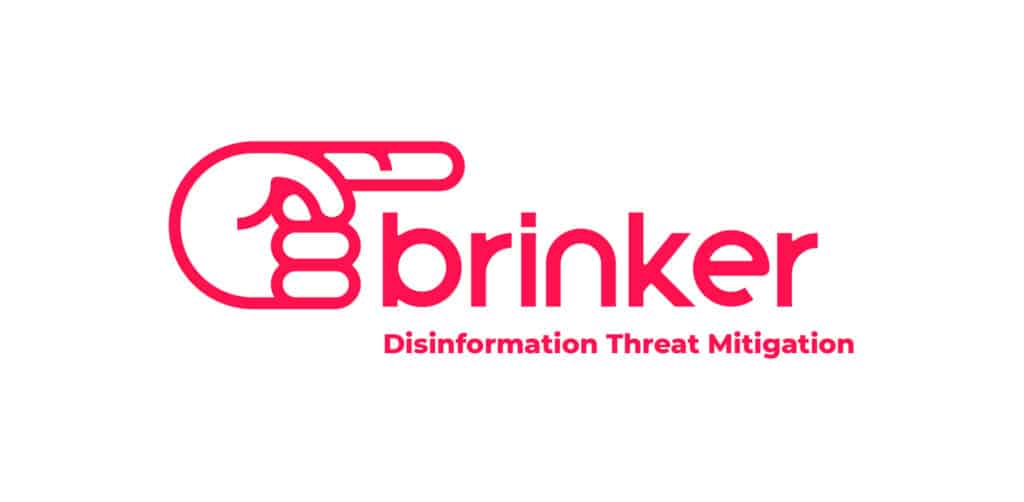A hack of the U.S. Department of Labor web site that was revealed late last week is being described as a “watering hole” style attack aimed at compromising the systems of other government workers, in part using an exploit for a previously unknown (or “zero day”) security vulnerability in some versions of Microsoft’s Internet Explorer web browser.(*) Multiple reports last week indicated that a security breach of the Department of Labor web site had occurred. Accounts indicated that visitors to the site using versions of Internet Explorer were being attacked using exploits for a known vulnerability. Over the weekend, however, researchers analyzing the attacks say that it used an exploit for a zero day hole in IE8, and that details of the attack tie it to a China-based hacking group known as “DeepPanda.” In a blog post on Friday, researchers at the security firm Invincea said that they believed that the […]
Recent Posts
Fitbitten: Researchers Exploit Health Monitor To Earn Workout Rewards
Call it “the quantified self” – that intersection of powerful, IP-enabled personal health monitoring tools and (usually) Web based tools for aggregating, analyzing and reporting. The last five years has brought an explosion in these products. In addition to the long-popular gear like Garmin GPS watches – must have items for the exercise addicted – there’s a whole range of new tools for the merely “exercise curious” or folks interested in losing weight or just figure out what, exactly, they do all day. Count Nike’s FuelBand, Jawbone’s UP, and Fitbit in that category. Alas, a growing number of reports suggest that, when it comes to medical devices and health monitoring tools, the security of sensitive personal data isn’t a top priority. The latest news comes by way of researchers at Florida International University in Miami, Florida. A team of three researchers, composed of students and faculty, analyzed the Fitbit health monitoring device […]
New Banking Trojan Hacks The FAQ To Fool Users
Cyber criminals are notoriously crafty and persistent, especially when it comes to defeating security measures created to thwart them. But a group behind a recent version of the Ramnit banking malware has raised their game to a new level: hacking the customer FAQ (frequently asked questions) document to make their malicious activity look like it was business-as-usual. A report on Tuesday by the security firm Trusteer finds that new variants of Ramnit targeting a UK bank have added features to game a one-time-password (OTP) feature at the bank. Among other tricks, the Ramnit variant uses an HTML injection attack to alter the wording of the bank’s customer FAQ, making it seem as if prompts created by the malware were standard security features at the bank. The report, published on the Trusteer blog, described a complex ruse in which Ramnit lies dormant on infected machines, then springs to action once a […]
Cyberbunker Owner Arrested In Spain, Rolled In Mobile DDoS Van
As the saying goes: “If the van’s a DoS’in, don’t come a knock’in.” Or something like that. Alas, for a man believed to be the controversial owner of the Dutch bulletproof hosting firm Cyberbunker, the authorities did “come a knock’in,” arresting the individual who is believed to be responsible for the world’s largest distributed denial of service (DDoS) attack. In a statement on Sunday, the Spanish Ministry of the Interior released a statement saying that National Police agents arrested the man responsible for the attacks in response to a European arrest warrant stemming from an investigation begun by Dutch authorities. The suspect was not named, but was described as a 35 year-old from Alkmaar (Netherlands) who was apprehended while traveling in a van equipped with computer equipment and a range of antennas and used as a mobile office. The man is believed to be Sven Kamphuis, the owner and manager of Dutch hosting firm […]
Update: Serial Server Flaws Expose Critical Infrastructure
A survey conducted by the firm Rapid 7 has found evidence that widespread vulnerabilities and insecure configuration of ubiquitous networking components known as serial port (or “terminal”) servers, may expose a wide range of companies and critical assets – including point of sale terminals, ATMs and industrial control systems – to remote cyber attacks.(*) The vulnerable devices connected hardware like retail point-of-sale systems at a national chain of dry cleaners, providing direct access to employee terminals from which customer payment information could be accessed. Other exposed systems were used to monitor the location of cargo containers, train cargo as well as HVAC and industrial control systems, Rapid7 said. In the Rapid7 survey, over 114,000 unique IPs were identified in a scan using the Simple Network Management Protocol (SNMP), the vast majority manufactured by one company: Digi International. If left unaddressed, the vulnerable devices give remote attackers direct, administrative access to hardware devices […]






